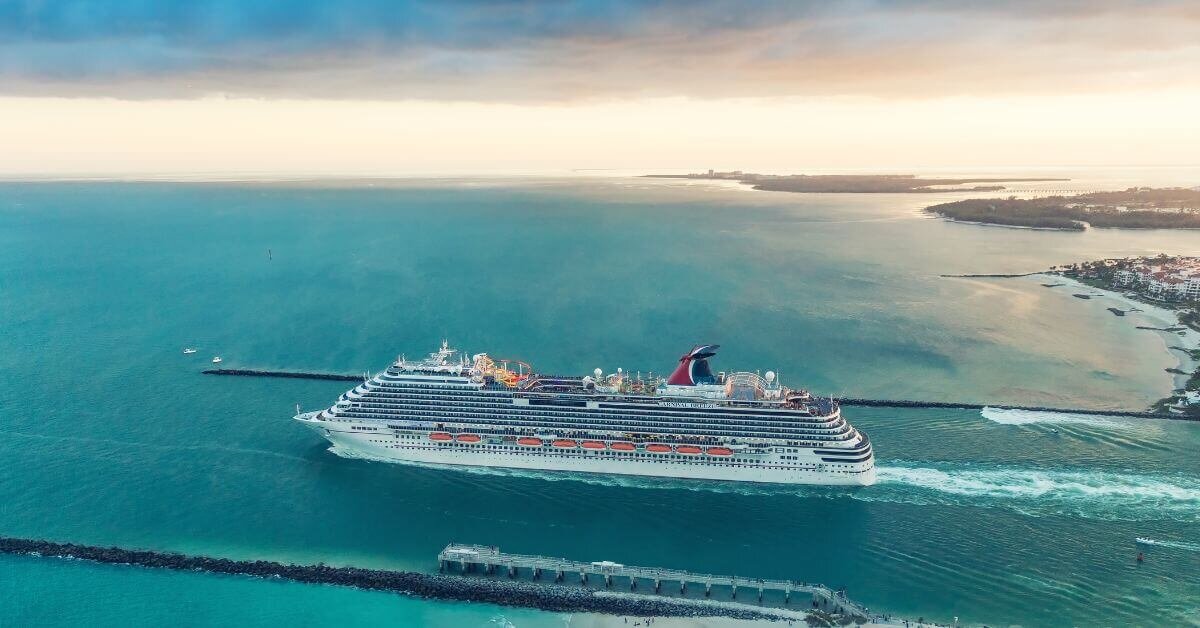The European Commission released a report assessing the potential inclusion of small ships between 400 and 5000 gross tonnage under the scope of the EU regulation for the Monitoring, Reporting and Verification (MRV) of maritime greenhouse gas (GHG) emissions.
The analysis identifies that over 5300 smaller vessels, which are emitting around 11 million tonnes of CO2 every year, are currently not covered by the legislation.
Including these ships could increase the amount of emissions covered by the legislation by around 9%, while expanding the number of regulated ships by around 42%.
Including these ships could increase the amount of emissions covered by the legislation by around 9%, while expanding the number of regulated ships by around 42%.
…the Commision stated.
In line with the Commission’s commitment to avoid disproportionate administrative burden, the analysis examined the administrative cost of MRV procedures. Recurring annual MRV-related administrative costs for smaller vessels are projected to be similar, if not slightly higher, than for larger vessels.
Consequently, the balance between administrative costs and additional monitored GHG emissions is less favourable for smaller ships. In turn, the report notes that the net present value of additional administrative costs for companies and competent authorities is higher than the monetary potential of GHG emission savings attributable to the MRV maritime Regulation alone.
Yet, the analysis suggests that these findings could shift if the GHG emission savings from the possible integration of smaller vessels in other GHG mitigation policies, such as the EU ETS and FuelEU, were considered. Additionally, an assessment of these potential additional benefits will be considered in the context of the 2026 review of the EU ETS Directive.
Expanding the scope of the EU Maritime MRV Regulation would increase the share of EU maritime emissions captured by the MRV requirements and directly impact GHG emissions data availability.
The GHG emissions associated with:
Even though the MRV maritime Regulation does not impose direct limits on emissions or mandate emission reducing practices, an expansion of the MRV scope would be expected to lead to direct energy and GHG emissions reductions due to the potential of MRV data to help overcome some of the existing market barriers, which can unlock the adoption of technical and operational energy efficiency improvements.
A conservative 0.7% cumulative reduction rate was assumed to apply to baseline GHG emissions from smaller vessels included in the MRV scope within the period 2025-2050. This would lead to relatively small cumulative GHG emission savings.
While direct GHG emissions savings coming from the expansion of the MRV scope to additional smaller vessels would be relatively marginal, the potential environmental impacts from the possible inclusion of these smaller vessels into other climate mitigation policies, such as the EU ETS and Fuel EU maritime, following the MRV scope expansion would be much more significant. For instance, including additional GHG emissions in the EU ETS would lead to an environmental impact in line with the ETS annual cap reduction.





